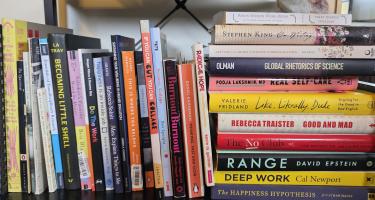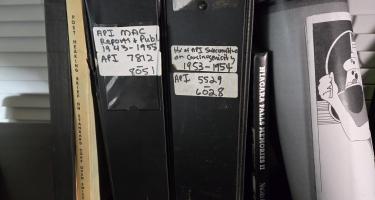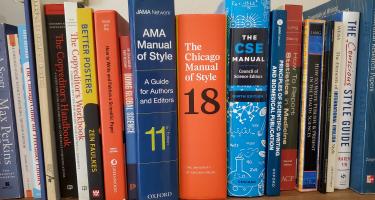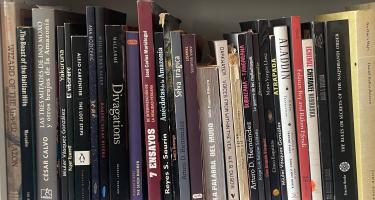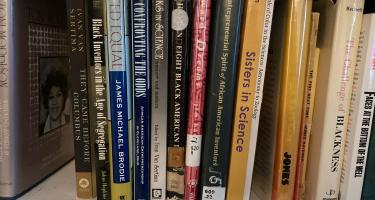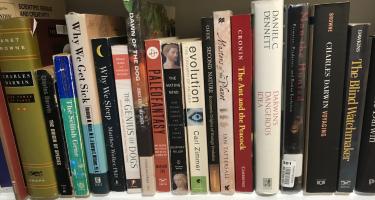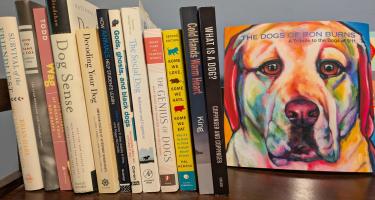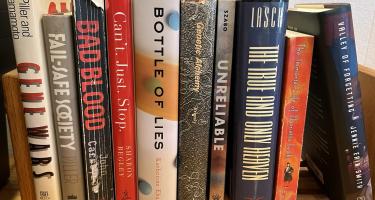
Charles Piller—Doctored: Fraud, Arrogance, and Tragedy in the Quest to Cure Alzheimer's
Fraud in science and medicine erodes trust in these fields, harms patients and families, delays effective treatment, and wastes vast sums. In Doctored: Fraud, Arrogance, and Tragedy in the Quest to Cure Alzheimer's, Charles Piller exposes false data in 100s of Alzheimer’s research papers and explores the path forward. He won CASW’s 2025 Victor Cohn Prize for Excellence in Medical Science Reporting.
